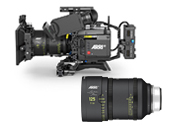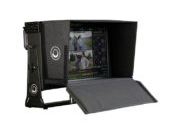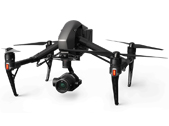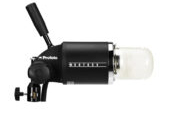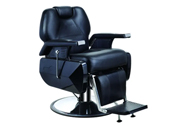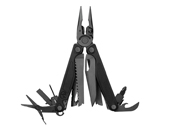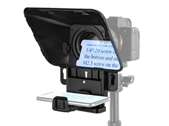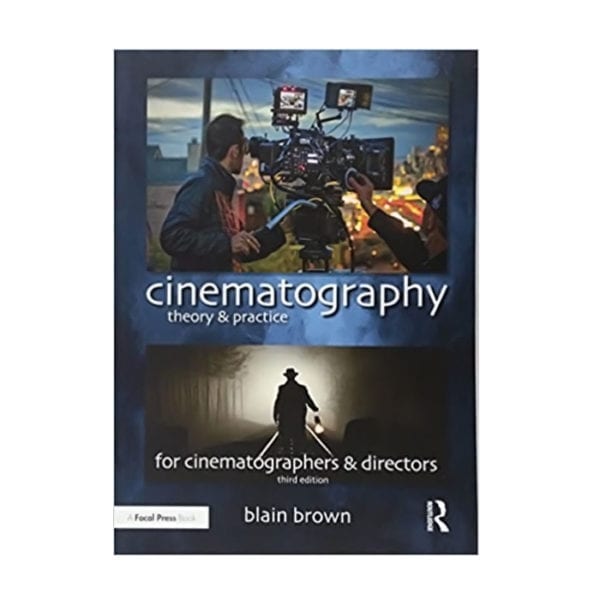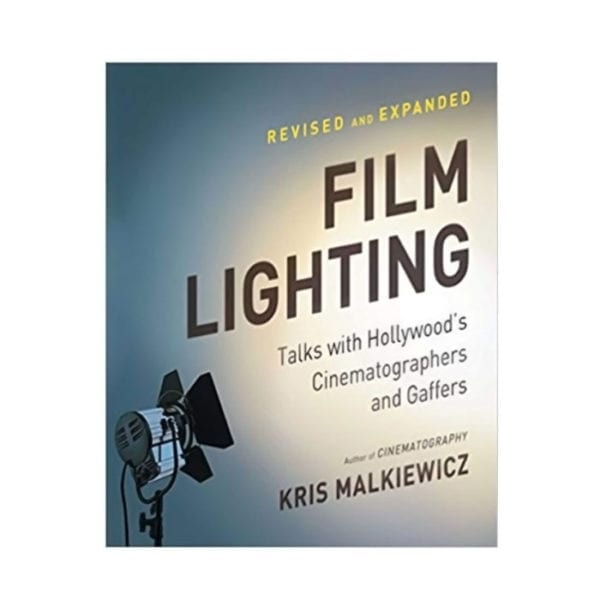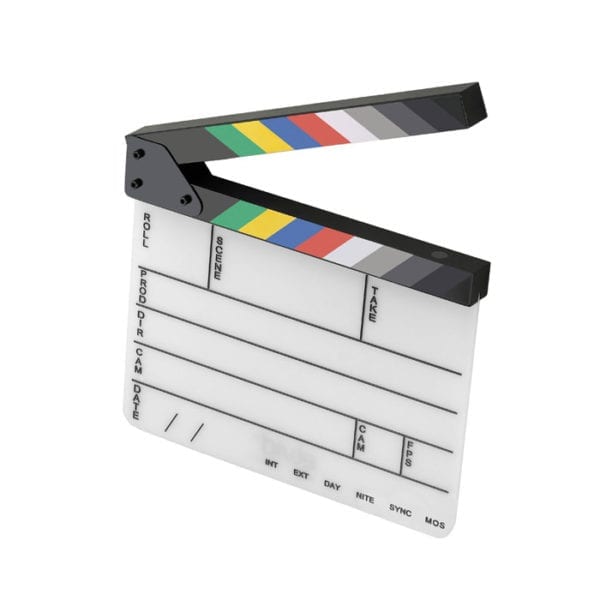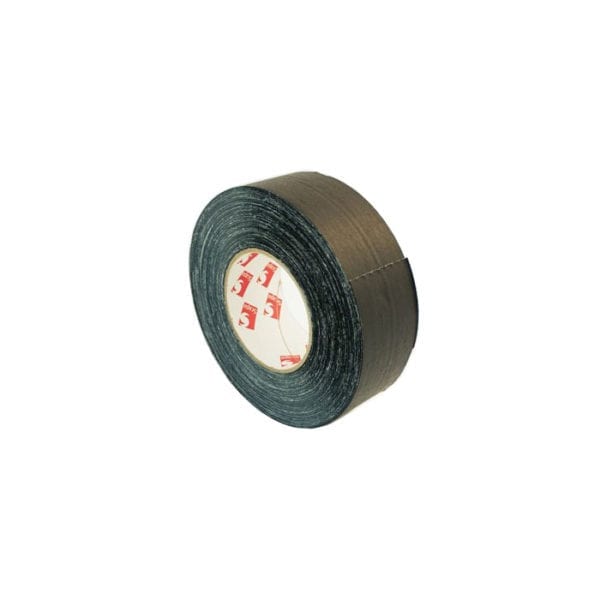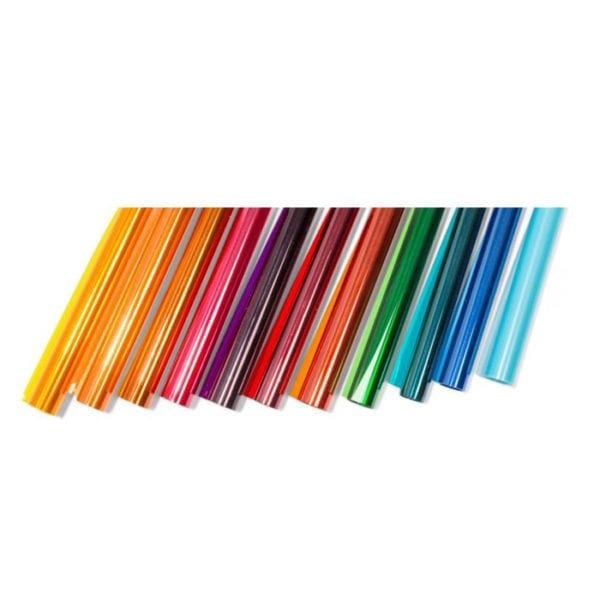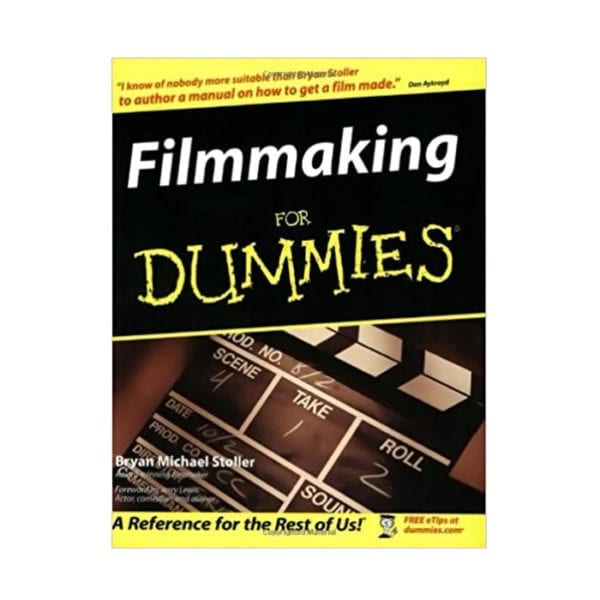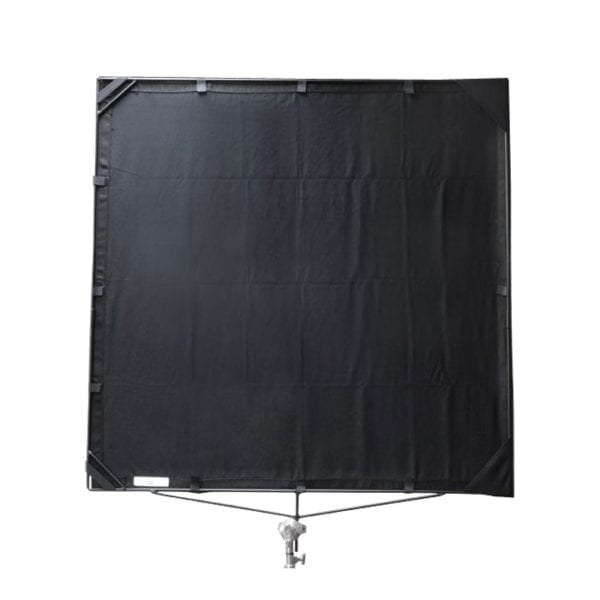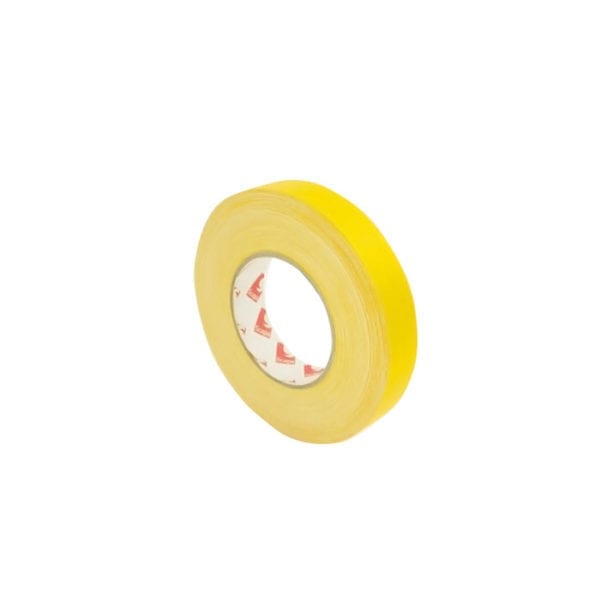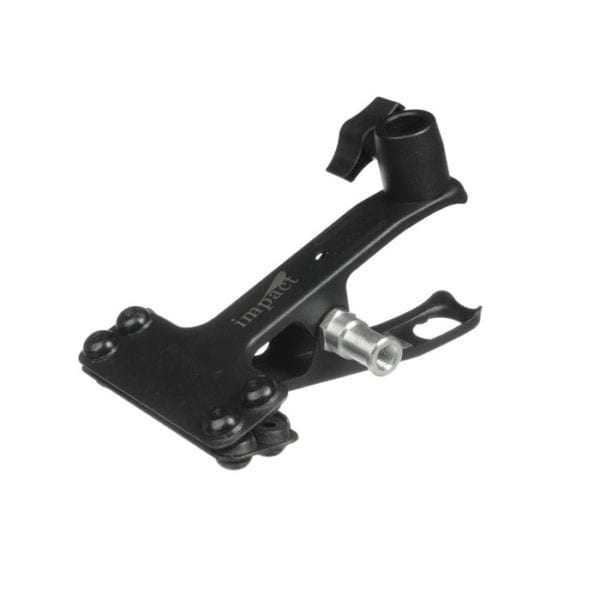Turns out, there are lots of legal forms that go into making a movie. Here’s a lawyer’s handbook so you know just what you can and cannot do on set. It’s really useful if you’re shooting without permits and if you need to save money.
Focal Press Book: The Pocket Lawyer for Filmmakers A Legal Toolkit for Independent Producers by Thomas Crowell
Turns out, there are lots of legal forms that go into making a movie. Here’s a lawyer’s handbook so you know just what you can and cannot do on set. It’s really useful if you’re shooting without permits and if you need to save money.
Categories: Books, Consumables
Tags: Focal Press Book, The Pocket Lawyer, Filmmakers, Legal Toolkit, Thomas Crowell
Description
Related products
Film Slate – Elvid 9-Section Acrylic Production Slate with Color Clapper Sticks
Filmmaking for Dummies by Bryan Michael Stoller
Film is a powerful medium. Successful filmmakers possess the passion to visually tell a story that will affect people's emotions, make them see things differently, help them discover new ideas, or just create an escape for them.
Whether you love the experience of being enthralled by movies or the excitement, challenge, and magic of making the movie yourself, Filmmaking For Dummies is your primer to creating a respectable product. For the seasoned professional, this friendly reference can inspire you with fresh ideas – before you embark on your next big flick. Get ready to roll with expert information on
- Defining the difference between independent and studio films
- Knowing what genre fits your fancy
- Finding perfect locations
- Storyboarding your film
- Directing the action
- Giving credit and titles
- Writing or finding a screenplay
- Raising financing for your film
- Budgeting and scheduling your film
- Hiring the right actors and crew
- Planning, shooting, and directing your film
- Putting your film together in the editing room
- Finding a distributor to get your film in from of an audience
- Entering (and maybe even winning) film festivals

